Transforming Corporate Standards – Part 3: Advanced Filtering for Optimized Content

“The main thing is to keep the main thing the main thing.” –Stephen R. Covey (The 7 Habits of Highly Effective People)
Using traditional methods of static PDF documents for content management, corporate standards and best practices have long walked a tightrope: they must be detailed enough to offer clear, actionable guidance, yet flexible enough to apply across a wide range of teams, locations, and regulatory environments.
- Too much detail results in lengthy, bloated specifications packed with irrelevant requirements that are hard and expensive to use.
- Too little detail, and the result is vague guidance that fails to address real-world needs – introducing risk, reducing reliability, and frustrating users.
In our current environment, where efficiency is critical for success, everyone from capital project managers to EPC partners wants one thing: let me know the requirements that apply. Nothing more. Nothing less.
Figure 1 illustrates the benefits of optimized content resulting from applying only the relevant requirements (highlighted in green) from specifications and standards, and excluding those that do not apply to our specific use case.
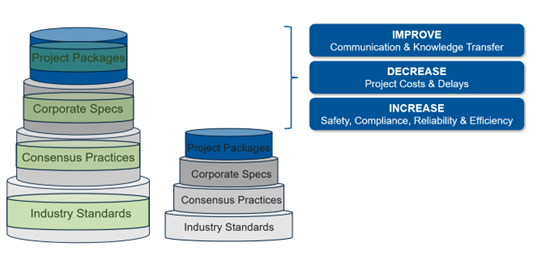
Figure 1: Optimized content for only applicable requirements. Filtering ensures only relevant requirements remain, reducing confusion and project costs.
In this article, Part 3 of our Transforming Corporate Standards series, we introduce a smarter, faster way to work with Corporate Standards through advanced filtering and metadata logic.
The Challenge: Static Documents Are Costing You
Traditional document-based standards are blunt instruments that operate on an all-or-nothing basis – effective for a small, homogenous group, but problematic as the user base expands.
While originally designed for consistency, without integration of current technologies, they now slow down execution. One-size-fits-all specs balloon into 100+ pages, most of which don’t apply. Ambiguity leads to errors and rework, and when engineers must manually strip out irrelevant requirements, hours of valuable time are lost.
As complexity in userbase increases, so does the need for flexibility – something traditional static documents are ill-equipped to handle without adding bloat or watering down technical details.
Consider a simplified pressure vessel as an example:
- Horizontal vessels need details for saddle supports, but not wind loading or skirt design.
- Vertical vessels, conversely, need wind loading and skirt design criteria but not saddle support details.
These problems aren’t simply frustrating. They’re expensive, and they stem from a fundamental flaw: managing standards as static documents instead of structured, filterable data. Static documents cannot dynamically adapt to a project’s design, and the result is confusion, delays, bloated packages, and costly miscommunication.
Advanced Methods for Improved Use
RDMS Content Management
BechtPracticesTM transforms your corporate standards into a powerful, dynamic tool using an RDMS (Requirements Database Management System). Every requirement becomes metadata-rich and filterable based on real project inputs like:
- Location – for jurisdictional and regional differences
- Industry – to accommodate different process types and operational needs
- Asset-specific attributes – typically drawn from the procurement data sheet
Think of Amazon-style filters but for engineering specifications, with background justifications available on demand.

Figure 2: RDMS metadata with logic example. RDMS allows content to be managed at the requirement level with associated metadata.
For more background on the BechtPractices RDMS foundational details about how we break standards into modular, metadata-rich requirement-centric components, check out Part 1 of this series: Transforming Corporate Standards – Part 1: Why Data, Not Documents, Is the New Best Practice.
Tailored Standards, Delivered On-Demand
By leveraging user-configurable preferences and project-specific inputs, BechtPractices enables teams to dynamically generate a customized, self-published version of the standard. This results in:
- Improved communication – eliminating confusion over which requirements apply
- Lower project costs – reducing third-party review time and project delays
- Higher-quality outputs – by aligning specifications precisely to applicable design needs and constraints
This isn’t just a modernization of format. It’s a digital transformation in how standards are used, understood, and trusted. With BechtPractices, corporate standards become smarter, leaner, and far more effective.
Smarter Use Through Metadata
Metadata is the engine that powers the intelligence behind BechtPractices. Once requirements are structured within a RDMS, each one can be enriched with metadata and logic that define when, where, and how it should apply.
Consider an example regarding control valve face-to-face dimensions. Here’s how metadata enables improved clarity and applicability across a global user base while also providing more specific direction. Table 1A shows how content owners can improve granularity for improved direction.
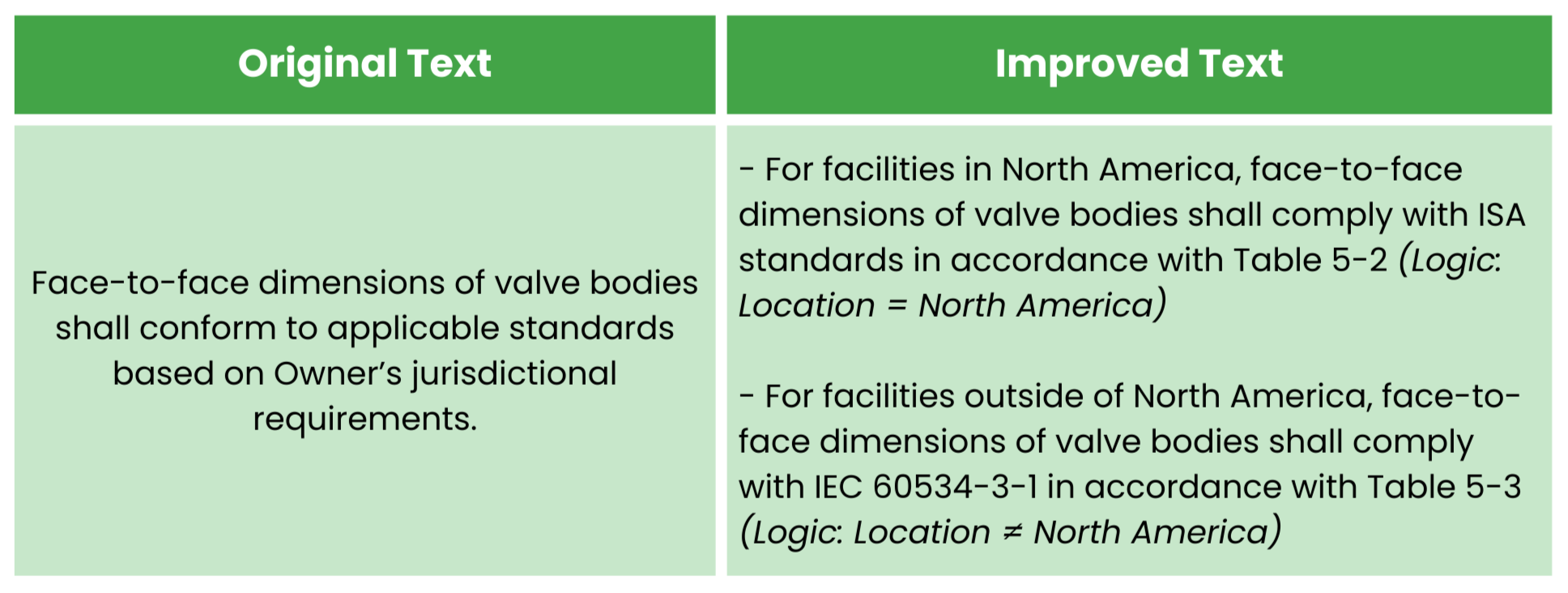
Table 1A: Location-based filtering example – Improved text
Table 1B shows how non-applicable content is removed, preventing unnecessary bloat. In this example, the user is supporting a facility in North America.
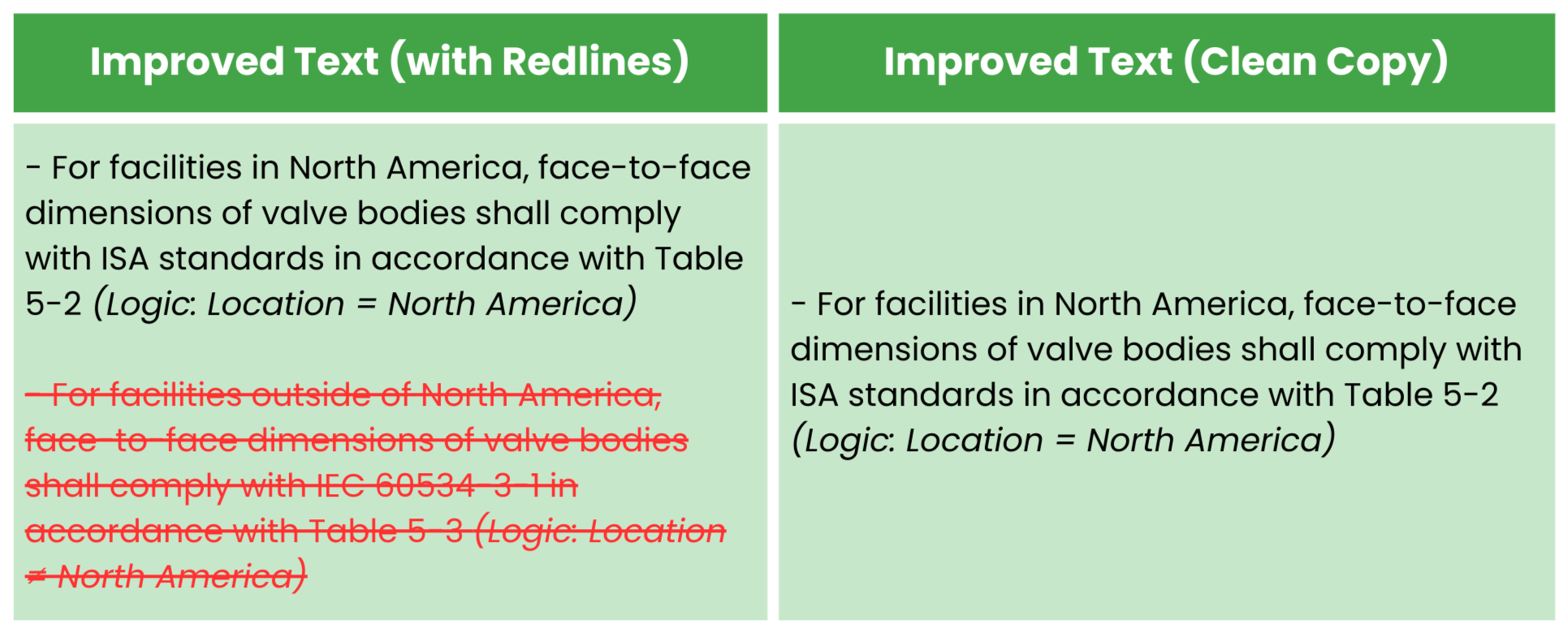
Table 1B: Location-based filtering example – Publishing options
With this approach, users no longer need to interpret or guess which parts of a document apply to their specific situation. Instead, they receive detailed, tailored guidance that is automatically filtered based on metadata parameters defined by project needs.
The ability to choose a red-line or clean version ensures your SMEs can verify automated deletions while third-parties only need to review what matters for the project.
Advanced Filtering in Use: Optimized Bid Packages
When applying corporate standards to real-world projects, users often need to generate bid or work packages. Traditionally, this has been a manual, time-consuming process – leading to bloated packages filled with irrelevant content. BechtPractices solves this by introducing an integrated workflow that produces right-sized, optimized bid packages tailored to the specific needs of each project.
Step 1: Capture Asset-Specific Inputs
The process begins with asset-specific project input pages, customized to mirror a subset of the attributes found in procurement datasheets. Each equipment type has a dedicated input screen, ensuring users only provide relevant data for their assets.
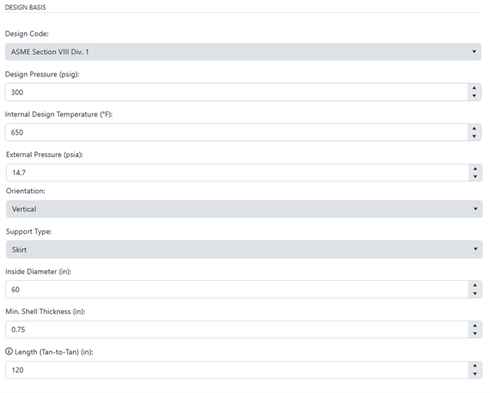
Figure 3: Asset-specific input form example excerpt. Each input screen is configured to align with the attributes of that asset type.
This logic determines applicability and filters out non-relevant requirements automatically –eliminating guesswork and manual edits.
Step 2: Auto-Compile Filtered Bid Package
With project inputs submitted, the BechtPractices platform automatically:
- Compiles all applicable specifications into a consolidated, revision-controlled package
- Filters each specification to remove non-applicable requirements
- Prepares export-ready formats, either as a downloadable PDF or a shareable system link for third-party access
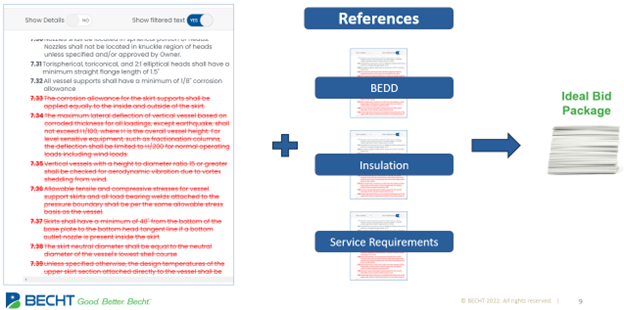
Figure 4: Auto-compiled package output. The system automates compilation, requirement filtering, and preparation for distribution.
This automation accelerates timelines, improves handoff quality to EPCs or vendors, and ensures every stakeholder receives only the content that applies – nothing more, nothing less.
Step 3: Choose Your View Mode
The generated bid package compares project-specific inputs against the metadata logic, including support for complex multi-variable conditions using AND/OR/IF logic.
Users can choose between two dynamic viewing modes:
- Red-Lined Copy – Displays removed requirements using strike-through and redline formatting, ideal for internal QA or peer review
- Clean Copy – Hides all non-applicable content, providing a clean, concise version for formal distribution or inclusion in project documentation
Users can easily toggle between view modes using the “Show Filtered Text: Y/N” switch in the upper-right corner of the interface.
For example, if a user selects Hydrogen Service with no additional special conditions, BechtPractices automatically applies filters to remove non-relevant requirements – presenting only the requirements applicable to hydrogen scenarios.
Similar to Table 1B above, the user can then toggle filter “Show Filtered Text” to show red-line copy as shown in Figure 5A or clean copy as shown in Figure 5B.

Figure 5A: Bid package view modes: Red-Line View

Figure 5B: Bid package view modes: Clean-Copy View
This level of filtering saves time while also significantly improving clarity, compliance, and project alignment.
Smarter Standards, Stronger Projects, and Improved Efficiency
By moving beyond static documents to embrace structured, logic-driven content, BechtPractices empowers organizations to streamline their standards and transform how they’re used in real-world projects. Table 2 shows what this means in practice.
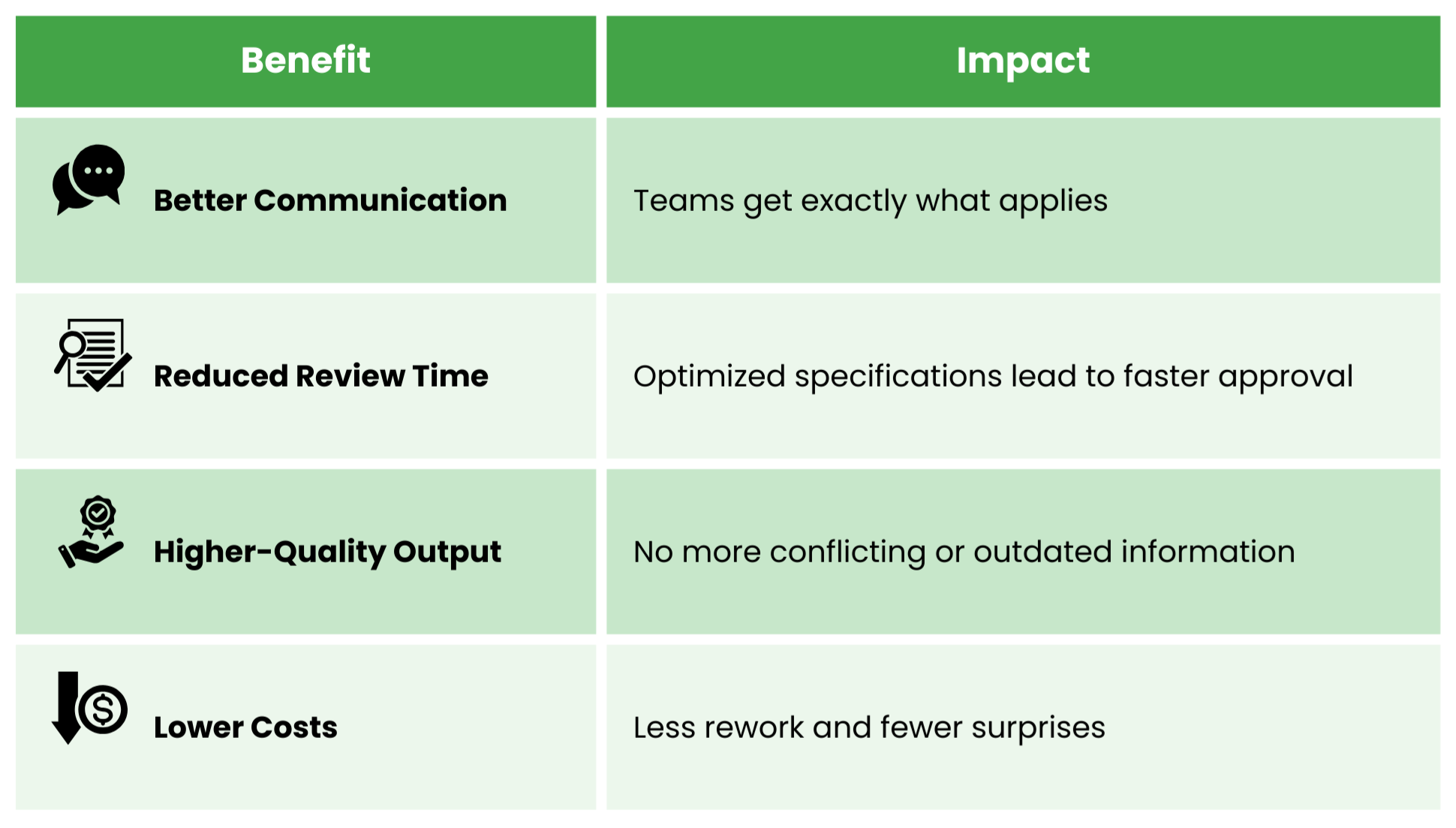
Table 2: Benefit and impact of advanced filtering for optimized content
Next Steps
BechtPractices is more than a platform. It’s a modern solution to better manage critical organizational data that helps engineers and managers work smarter and faster.
- Follow us on LinkedIn for upcoming blogs and platform updates.
- Watch the recording of our global webinar, which includes a detailed demo of BechtPractices in action.
- Request a live demo tailored to your organization’s needs by contacting Jeannie Lewis or Matt Hansen.
Let BechtPractices help you unlock better performance, improved compliance, and stronger project execution – starting with how you manage your standards.
Like what you just read? Join our email list for more expert insights and industry updates.






